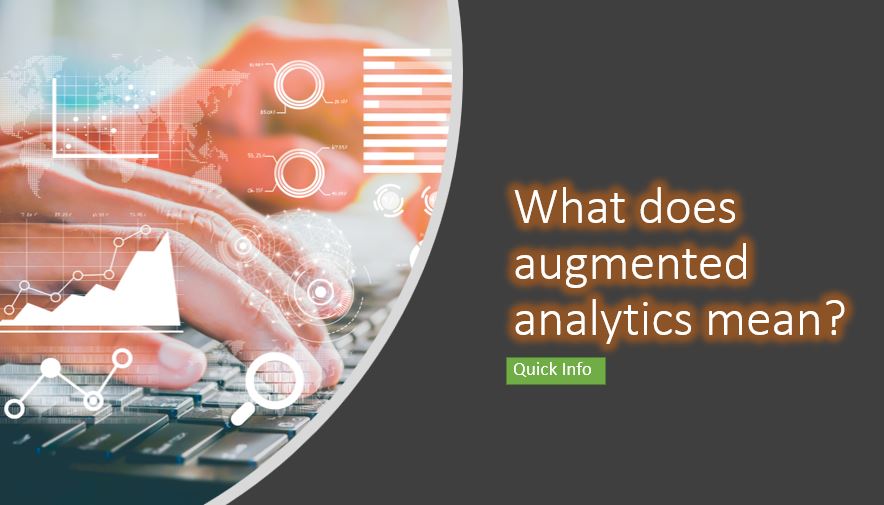With all the investment pouring into making businesses more efficient, the way that information is being analyzed has changed drastically. Recent technological developments in business intelligence and data analytics have led to a rise in augmented analytics solutions.
What does augmented analytics mean?
For the unaware, augmented analytics is the use of business intelligence and data analytics tools to help turn data into information that businesses can use and shareholders understand easily. An early example of this would be Infogain’s Interactive Business Intelligence Tool.
Think of it this way. Data on its own is useless to a business. It is the insight that we get from analyzing the data and uncovering how it translates in the context of a business that has value. With augmented analytics, huge amounts of data get transformed into smaller, more useful information and have the analytics process automated from start to finish.
How does augmented analytics work?
Augmented analytics works by gathering data from various channels, such as social media, web analytics, and other data sources on a public or private domain. That data is then prepared and packaged in a way that will make it easier for analysis.
In order to conduct analysis, augmented analytics works by using machine learning algorithms to process huge datasets with great accuracy in a short span of time. Then using Natural Language Generation, the machine’s analysis of the datasets can be converted into a language that humans can understand. NLG essentially allows the augmented analytics system to tell what it found out after analyzing the data fed to it.
How does this benefit businesses?
With the way data analytics are currently being run, turning data into insights is time-consuming and expensive. Data scientists are few and far in between, and hiring data scientists is expensive. Data scientists also spend 80% of their time preparing the data that they need to analyze instead of coming up with the results of the analysis and relaying the insights in a way that makes sense to the business.
Another thing that limits the current procedure is that data scientists are not always knowledgeable about the data they need to process and analyze. This means that there is a lot of back and forth between the business experts and the data experts which further delays the insight generation.
Take, for example, figuring out why your brand’s website isn’t getting a lot of hits. Instead of spending a lot of time going through the data and learning SEO, using augmented analytics and hiring someone to manage your SEO can make solving the problem much faster.
In a similar way, businesses in e-commerce can use augmented analytics in coordination with the automation of database management on hundreds of customer feedback to get actionable insights on their product lines to see what they need to improve on.
How is augmented analytics doing now?
Augmented analytics is currently in its infancy. However, because of the way that things are right now, it isn’t unlikely to see an augmented analytics boom across multiple industries, creating a revolution in the data industry.

Related Posts
AirGo Vision- Solos’ Smart Glasses with AI Integration from ChatGPT, Gemini, and Claude
Rise of deepfake technology. How is it impacting society?
OpenAI’s Critic GPT- The New Standard for GPT- 4 Evaluation and Improvement
Claude 3.5 Takes the Lead- Why It’s Better Than GPT-4
Smartphone Apps Get Smarter- Meta AI’s Integration Across Popular Platforms
Interview with Ms. Bhavna V, Co-founder, Nysh.in